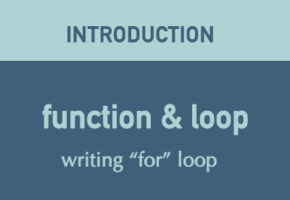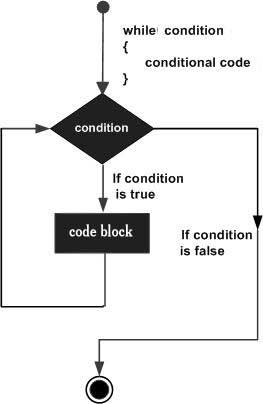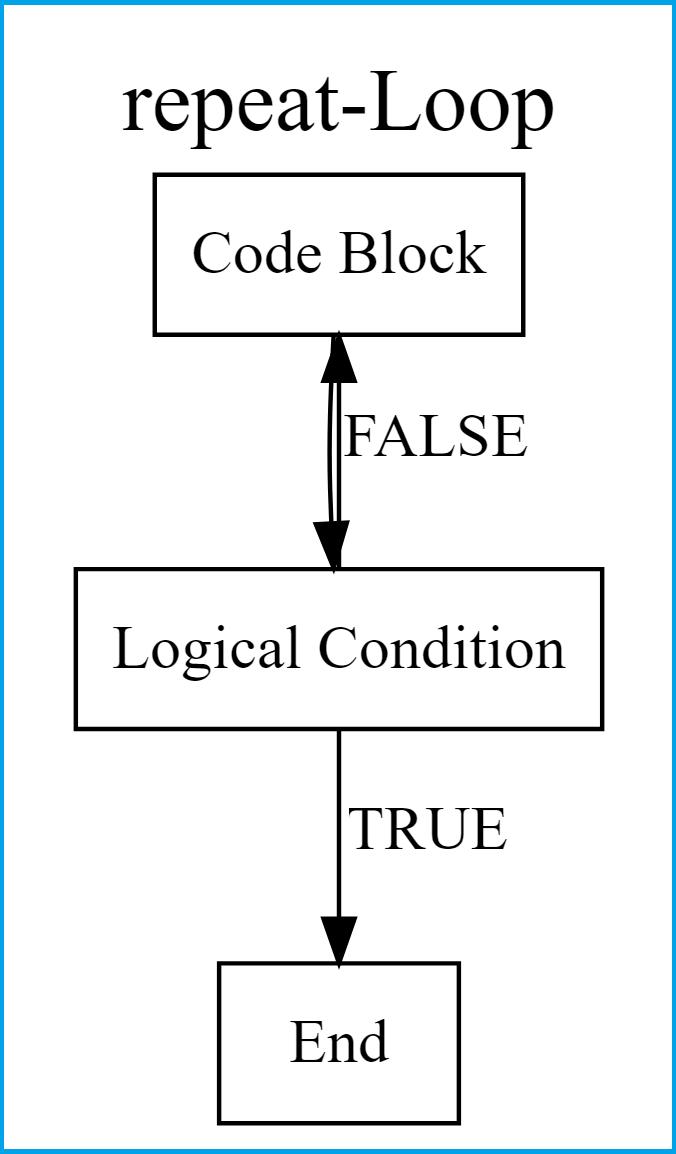

Weve been writing R code in R Markdown files so far R scripts are just R code without the. In every iteration of the loop one value in the looping vector is assigned to a variable. For Loop For loops are controlled by a looping vector. The break function is used to break out of loops, and next halts the processing of the current iteration and advances the looping index. That seems to work nicely - except in the case n = 1 where the function is returning the first two Fibonacci numbers! This gives us an excuse to introduce the if statement. We will learn to automate our analyses with a for loop. The most commonly used loop structures in R are for, while and apply loops. This following script uses the function() command to create a function (based on the code above) which is then stored as an object with the name Fibonacci: Fibonacci Fibonacci(10) Create a new R script file, and copy this code into it: a a b print(a)

where each number is the sum of the previous two numbers. We'll start by using a "while loop" to print out the first few Fibonacci numbers: 0, 1, 1, 2, 3, 5, 8, 13. The expression can be a single R command - or several lines of commands wrapped in curly brackets: for ( variable in sequence ) In R a while takes this form, where variable is the name of your iteration variable, and sequence is a vector or list of values: Relevant help pages can be found with help("Control") and help("Function").
Writing a loop in r series#
On the preceding pages we have tried to introduce the basics of the R language - but have managed to avoid anything you might need to actually write your own program: things like if statements, loops, and writing functions. In the last video we saw that in R loops iterate over a series of values in a vector or other list like object. (although in our opinion, used far too frequently when writing R code). Mod.list= list ( ) #Update models using for loop and store in the list for (i in seq_along (df.You probably won't need this information for your assignments There are three main types of loop in R: the for loop, the while loop and the. We’ll start with a trivial example of a poorly written for loop to review the basics before we move on to more interesting examples. However, it would be more accurate to say that poorly written loops in R are slow. Suppose you want to do several printouts of the following form: The year is year where year is equal to 2010, 2011, up to 2015. Loops have a bad reputation in R, and a common myth is that loops in R are slow.
Writing a loop in r update#
Mod=lmer (y~x+ ( 1|randef ), data= df ) #Create random draws from data frame to update model using a loop set.seed ( 9 )ĭf1= df df1=df1 ), ]ĭf2=df df2$y= 1 #Create bunk dataframe to throw back an errorĭf3= df df3=df3 ), ]ĭf.list= list (df1 ,df2 ,df3 ) #Create list to store updated models Writing a simple for loop in R Let’s get back to the conceptual meaning of a loop. X= rep ( 1: 5, 2 ) ,randef= rep ( letters ,each= 5 ) ) #Build model #Load nlme library ( lme4 ) #Create data frame set.seed ( 6 ) df= ame (y= c ( 1: 5+ runif ( 5, 0, 1 ), runif ( 5, 0, 1 ) ) , It is not uncommon to wish to run an analysis in R in which one analysis step is repeated with a different variable each time. I stored the models in a list, but you could just as easily create a dummy matrix and store predictions using the predict function within the loop. So I’ve provided some example code here to help those who are facing the same issue.įor the example, I fit a linear mixed effects model using lmer (just because I happen to be working with mixed models, and they throw back convergence errors more often than GLMs), then used the update function to challenge it with random draws from my dataframe.

But I found it difficult to get the function to work, even after consulting the help file, and from searching R listservs/Stackoverflow. Check out these examples to learn more about for loop: Find the Factorial of a Number. Luckily, there’s a function called next that does just that. We can see that x contains 3 even numbers. I wanted the function to register an error for that entry, then skip to the next one and finish off the loop. The first step to writing a loop is to understand the logic behind. The problem I was running into was the for loop screeching to a halt as soon as a model kicked back an error. Hence, the code runs in a loop as long as the condition holds. This produces a list, L, whose ith component has the name of the ith column of z and whose content is the regression of the ith column of z.3 answers Top answer: First problem, Im pretty sure the function youre looking for is dynlm(), without the character. Lately, I’ve been using loops to fit a number of different models and storing the models (or their predictions) in a list (or matrix)–for instance, when bootstrapping.


 0 kommentar(er)
0 kommentar(er)
